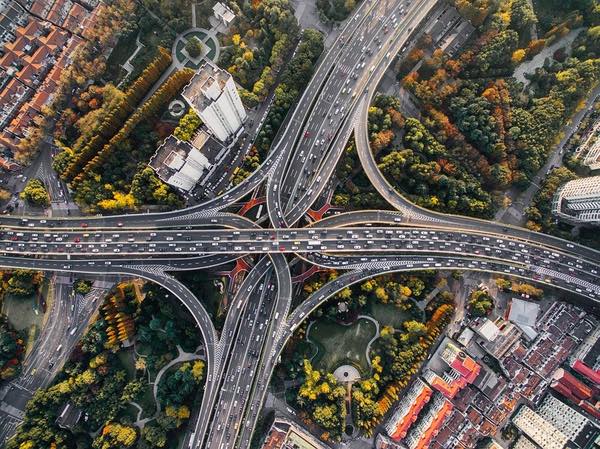Wed 2/3 @ noon
One of the factors that reshaped the American landscape starting in the ’50s was the construction of highways that caused population to move from urban cores to suburbs and, later, exurbs, filling in former fields and farms with housing developments, subdivisions and malls. And for a long time, policies on locating exits and interchanges were based more on traffic studies than on equity and impact on the lives of a region’s residents.
That, luckily, is changing, although it’s belated. Last December, the Northeast Ohio Areawide Coordinating Agency (NOACA) adopted a policy that requires a racial and economic equity analysis in making these decisions regionally. The new policy looks at a range of quality-of-life issues economic development, environmental impact, transit, bike use, and racial equity.
Three regional leaders will address the topic at a forum at the City Club: NOACA executive director/CEO Grace Galluci, Maple Heights mayor Annette Blackwell and Solon mayor Edward H. Kraus. Plain Dealer architecture writer Steve Litt moderates.
Go here to join the discussion.
cityclub.org/sprawl-vs-smart-growth-building-an-equitable-and-thriving-region

One Response to “City Club Discussion Looks at How Urban Sprawl Happened”
Pat Ballasch
It’s important to understand highways are an essential way to move goods to all points of the United States. Imagine the truck traffic without them. Also suburban areas are a lifestyle choice. Old downtown areas are often congested and designed for lifestyles that were acceptable in the early 1900’s. I think congestion is tough on mental wellness too. I personally enjoy driving without city congestion. I think our pets probably like the suburban life as well. Understand , when it comes to housing, one size doesn’t fit all.